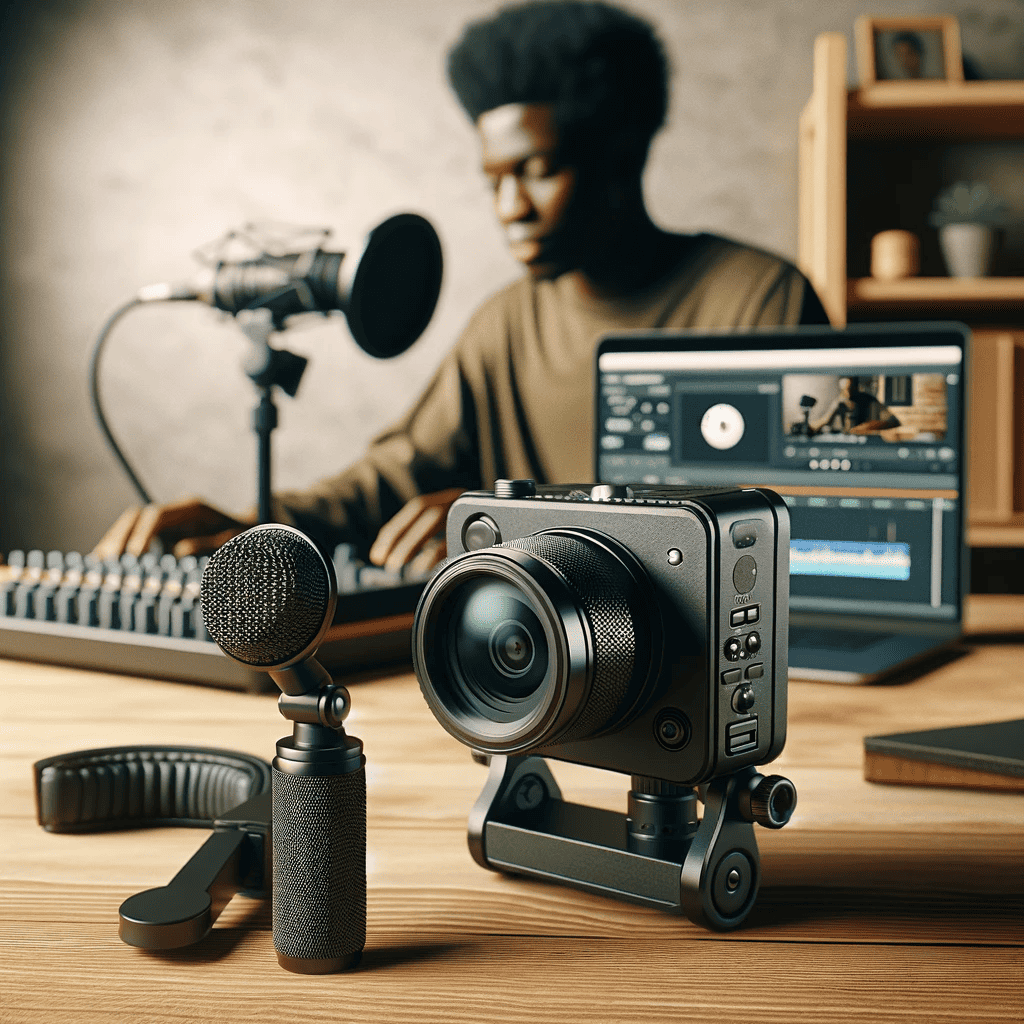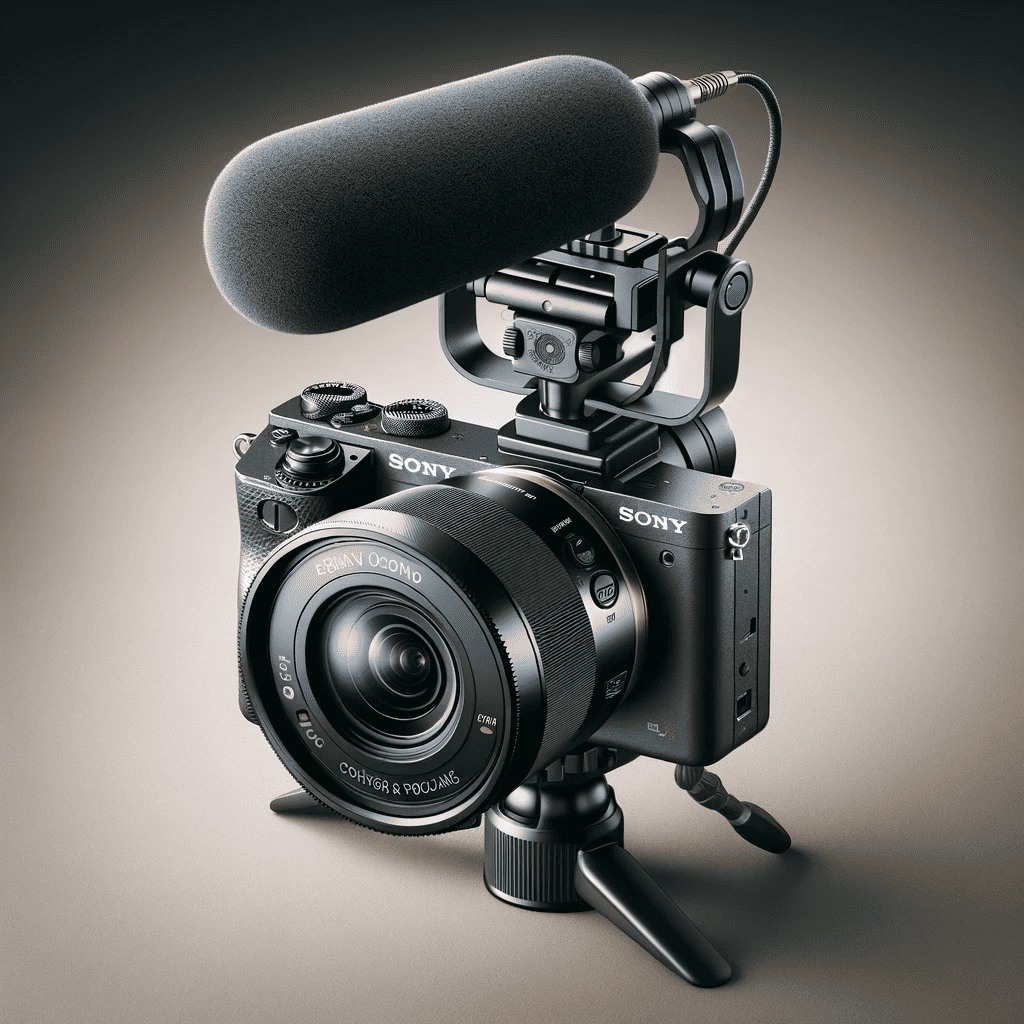Introduction
Instant cameras revolutionized photography by allowing users to obtain printed photographs immediately after capturing them. These cameras are equipped with self-developing film that produces a physical photograph within minutes.
A New Way to Capture Memories
Instant cameras, also known as polaroid cameras, offer a unique and tangible experience in a world dominated by digital photography. Unlike traditional film cameras that required time-consuming development processes, instant cameras enabled people to witness their captured moments unfold right before their eyes. The joy and anticipation of watching the image gradually appear on the blank paper made instant photography immensely popular.
The Rise of Instant Cameras
The importance and popularity of instant cameras grew exponentially due to their convenience and widespread appeal. People embraced the ability to document special occasions instantly without relying on professional processing labs or waiting for prints from traditional film rolls.
Moreover, instant photographs were cherished as physical keepsakes that could be shared, displayed, or tucked away in photo albums. The simplicity of capturing memories and having them in hand almost immediately made instant cameras an indispensable tool for personal documentation and creative expression.
Instant Gratification Gone Analog
In a fast-paced world where we often seek immediate gratification through digital technology, instant cameras provide a refreshing departure from the norm. With their nostalgic charm and tactile experience, these devices evoke a sense of nostalgia while allowing us to slow down and appreciate each captured moment. The rekindled fascination with analog photography has contributed to the enduring popularity of instant cameras among individuals who yearn for tangible memories in an increasingly virtual world.
Early Beginnings

A Revolutionary Invention
Polaroid Corporation invented the first instant camera in 1948.
The Land Camera Model 95: A Game-Changer
The Land Camera Model 95 was the first commercially successful instant camera introduced by Polaroid Corporation. The Land Camera Model 95 featured a folding bellows design, which allowed for compactness and portability.
It had a simple and intuitive operation, making it accessible to amateur photographers. The camera utilized a roll film system that incorporated both negative and positive papers within the same pack.
When an image was captured, the photographer would pull out the exposed negative paper from the camera, peel apart the positive paper inside, and wait for around sixty seconds for the image to develop. This innovative process eliminated the need for external processing labs as well as long waiting times associated with traditional film cameras.
Instant Camera Evolution

Peel-Apart Film: Faster Development Times
Polaroid introduced peel-apart film in the 1960s, which revolutionized the world of instant photography. With this innovation, users were able to achieve faster development times compared to earlier instant cameras. Peel-apart film worked by having a photosensitive layer trapped between two sheets that could be separated after capturing an image.
The photographer would take a photo and then pull apart the film, revealing the developed image within minutes. This advancement greatly improved convenience and efficiency in instant photography.
SX-70: A Folding SLR Instant Camera
In 1972, Polaroid launched the SX-70, a folding single-lens reflex (SLR) instant camera that took the industry by storm. The SX-70 was a remarkable feat of engineering, combining compactness with advanced features. Its folding design made it highly portable while its SLR capabilities allowed users to see through the lens for precise framing and focusing.
The SX-70 also featured an innovative autofocus system which ensured that images were sharp and clear without requiring manual adjustments. This breakthrough camera helped popularize instant photography among consumers by offering them unprecedented control and quality in their photographs.
Autofocus Technology: Making Instant Photography Accessible
The integration of autofocus technology in the late 1970s marked another significant milestone in the evolution of instant cameras. Prior to this development, focusing with instant cameras often required manual adjustments or limited preset options. However, with autofocus technology, capturing sharp images became much easier for everyday users.
Autofocus mechanisms utilized various techniques such as sonar or infrared sensors to measure distances between subjects and lenses automatically adjust focus accordingly. This improvement made instant photography more accessible to a broader audience who could now effortlessly achieve well-focused shots without technical expertise or guesswork.
Competition and Innovations

Emergence of FujiFilm as a Major Competitor
FujiFilm entered the instant camera market in the 1980s with their Instax series. They quickly became a major competitor to Polaroid.
Comparison between Polaroid and FujiFilm Films
Polaroid’s integral film and FujiFilm’s self-developing film packs had distinctive differences.
FujiFilm’s Introduction of mini and wide formats
FujiFilm recognized the need to cater to different user preferences, which led to the introduction of mini and wide formats for their instant cameras.
Kodak’s Entry with the EK4 Instant Camera
Kodak made its entry into the instant camera market in the early 1980s with their EK4 Instant Camera.
Description of Kodak’s disc-based film system
Kodak introduced a unique disc-based film system for their instant cameras.
Decline and Resurgence
Challenges faced by instant camera manufacturers due to digital photography advancements

Instant camera manufacturers encountered significant challenges in the face of rapid advancements in digital photography. The convenience and immediacy offered by digital cameras impacted the popularity of traditional instant cameras. The ability to view, edit, and share photos instantly on digital devices made them more appealing to consumers who valued convenience over the unique experience of instant film.
Technological limitations and expensive production costs leading to decline in popularity
The decline in popularity of instant cameras can also be attributed to technological limitations and expensive production costs. Instant film technology relied on complex chemical processes that were costly to manufacture. Additionally, the quality of instant prints was often inferior compared to digital images, which deterred some consumers from investing in these cameras.
Discontinuation of Polaroid’s instant film production in 2008
The decline reached its peak when Polaroid announced the discontinuation of their instant film production in 2008. This decision had a significant impact on the industry as it left a void for analog enthusiasts who cherished the tangible nature of instant prints.
Revival through nostalgia-driven demand for analog photography experiences
Amidst this decline, there emerged a resurgence driven by nostalgia for analog photography experiences. Many individuals began seeking out vintage cameras and film formats, including instant cameras, as a way to reconnect with a slower-paced, tactile photographic process.
The Impossible Project acquiring old Polaroid factories and reintroducing instant films under new brand name
To cater to this renewed interest, The Impossible Project acquired old Polaroid factories after their closure and embarked on an ambitious mission: reintroducing instant films under their own brand name. Their dedication paid off when they successfully developed new formulas for producing high-quality films compatible with various classic Polaroid cameras. This move not only revived the instant film market but also brought back the joy and anticipation of holding a physical print in one’s hands.
Conclusion
The decline and subsequent resurgence of instant cameras illustrate the cyclical nature of technological advancements. While digital photography posed challenges, the nostalgia-driven demand for analog experiences has brought about a newfound appreciation for instant cameras. The revival of these tactile devices and tangible prints offers a distinct alternative to the fast-paced, digital world we live in.
This resurgence reminds us that there will always be value in preserving traditions and exploring different artistic mediums. With the continued innovation and dedication of companies like The Impossible Project, instant cameras are poised to carve out their own unique space in our ever-evolving photographic landscape.









